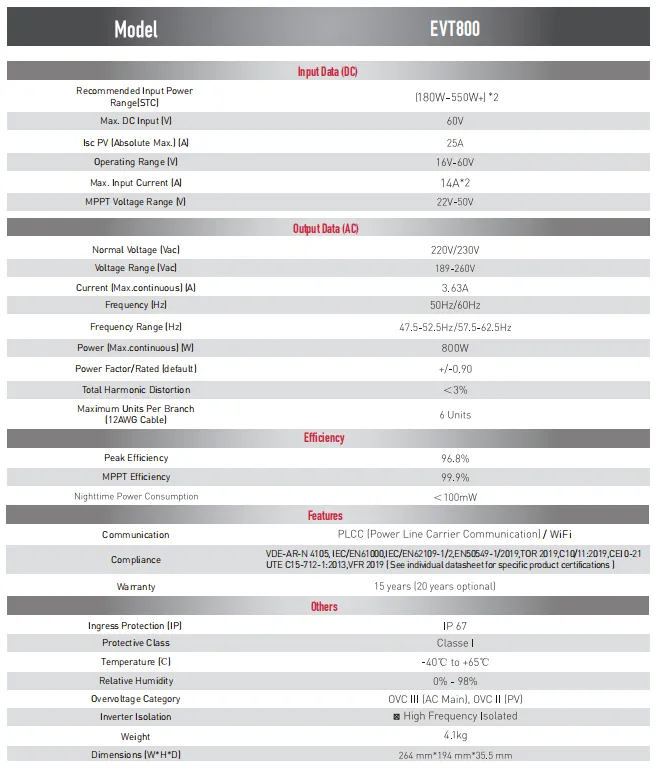Innovative Bi-Facial Solar Panels for Enhanced Energy Efficiency and Sustainability
The Rise of Two-Sided Solar Panels Harnessing the Power of Sunlight
In recent years, the quest for renewable energy sources has intensified, driven by the urgent need to combat climate change and reduce our reliance on fossil fuels. Among the innovative solutions in the solar energy sector, two-sided solar panels, also known as bifacial solar panels, have emerged as a game changer. These panels offer a distinct advantage over traditional single-sided solar panels by capturing sunlight from both the front and rear sides, leading to increased energy generation and overall efficiency.
Understanding Two-Sided Solar Panels
Two-sided solar panels are designed with photovoltaic cells on both the top and the bottom surfaces. This unique configuration allows the panels to absorb direct sunlight from above, as well as indirect sunlight that is reflected off surfaces such as the ground, rooftops, or other nearby buildings. By utilizing the albedo effect—the measure of how much sunlight is reflected by a surface—these bifacial panels can significantly boost energy production.
Enhanced Efficiency and Performance
One of the standout features of two-sided solar panels is their efficiency. Research indicates that bifacial panels can generate up to 20-30% more energy compared to conventional panels. This is particularly beneficial in regions with high albedo factors, such as snowy or sandy areas, where sunlight reflection is maximized. Additionally, bifacial technology is compatible with various mounting systems, including ground-mounted and rooftop installations, allowing for flexible application across diverse environments.
Cost-Effectiveness over Time
While the initial investment for two-sided solar panels can be higher than that for traditional panels, the long-term savings and benefits often outweigh the costs. The increased energy output translates to higher returns on investment, making them an economically viable option over their lifespan. Moreover, as technology advances and production scales up, the costs of bifacial solar panels are expected to decrease, making them accessible to a broader audience.
two sided solar panels

Environmental Impact
Two-sided solar panels not only offer economic benefits but also contribute positively to environmental sustainability. By maximizing energy output, they help accelerate the transition to clean energy, reducing our carbon footprint. Furthermore, the longer lifespan of bifacial panels (often exceeding 30 years) means less frequent replacements and reduced waste. Their ability to generate more energy in less space also means that less land is required for solar farms, preserving natural habitats and agricultural land.
Challenges and Considerations
Despite their numerous advantages, two-sided solar panels come with certain challenges. The effectiveness of bifacial panels depends significantly on installation conditions. Factors such as the angle of installation, ground surface type, and geographic location influence their performance. Additionally, proper maintenance is crucial to ensure optimal operation; accumulated dirt or debris can hinder performance on both sides of the panel.
The Future of Solar Energy
As we look to the future, two-sided solar panels represent a substantial advancement in solar technology. With governments and organizations ramping up investments in renewable energy, bifacial solar panels are poised to play a vital role in the energy strategy of many countries. Their ability to generate more power, along with their environmental benefits, makes them an attractive option for both residential and commercial applications.
In conclusion, two-sided solar panels stand at the forefront of solar innovation. By effectively capturing sunlight from both sides, they not only enhance energy efficiency but also contribute to a sustainable future. As technology continues to evolve, investing in bifacial solar technology could be a pivotal step towards achieving global energy goals and creating an eco-friendly world.
-
String Solar Inverter: The High-Efficiency Solution for Smart Solar EnergyNewsJul.14,2025
-
Revolutionizing Rooftop Energy with the Power of the Micro Solar InverterNewsJul.14,2025
-
Power Independence with Smart Off Grid Solar Inverter SolutionsNewsJul.14,2025
-
On Grid Solar Inverter: Powering the Future with Smart Grid IntegrationNewsJul.14,2025
-
Monocrystalline Solar Panels: High-Efficiency Power for the Future of Clean EnergyNewsJul.14,2025
-
Bifacial Solar Panel: A Smarter Investment for Next-Generation Energy SystemsNewsJul.14,2025







